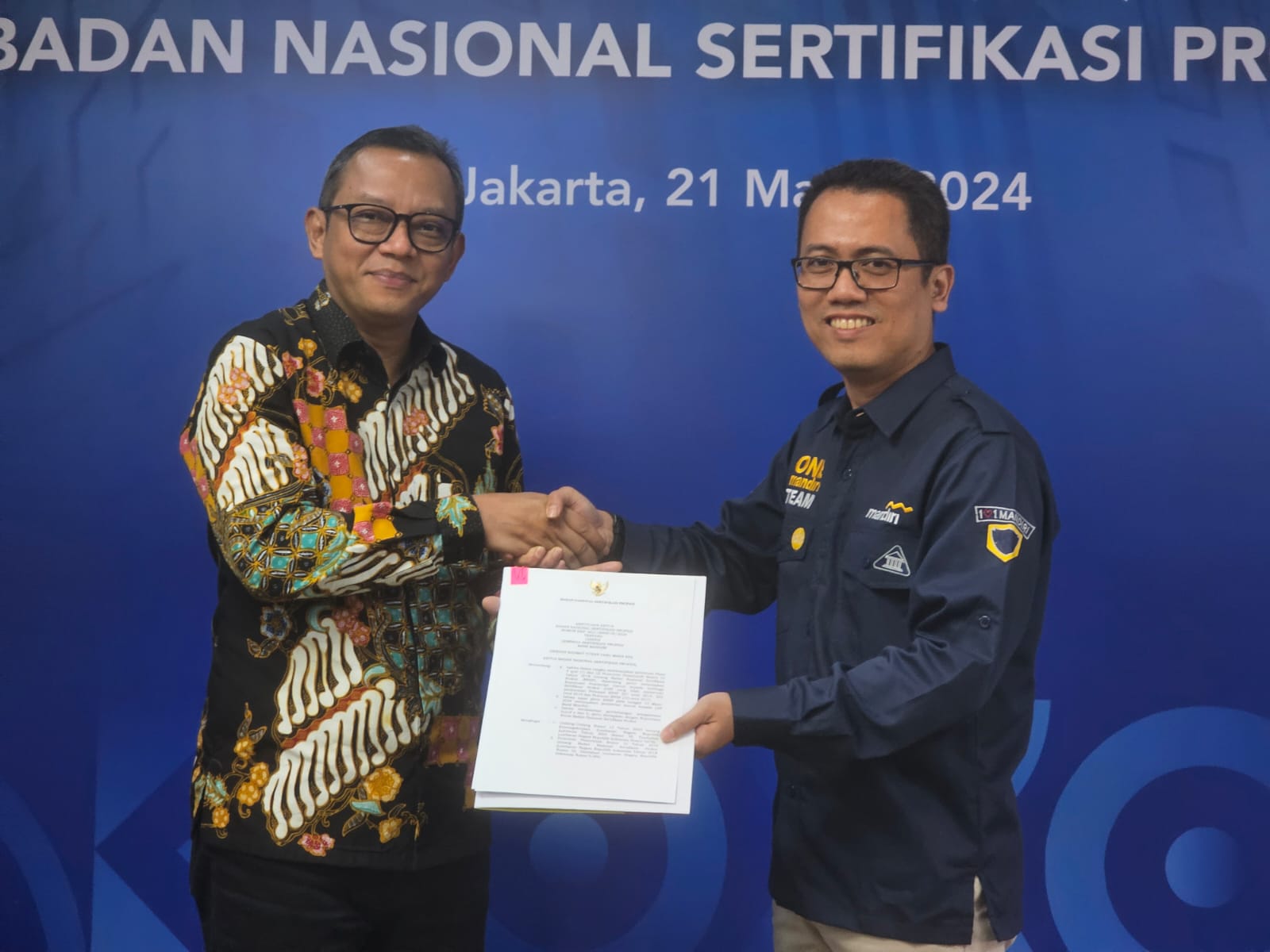US National Security Adviser Jake Sullivan underscored the importance of the review as part of broader efforts at mitigating America’s reliance on foreign (Chinese) imports, especially in critical products such as semiconductors, rare earths and pharmaceuticals.
“Our report‘s findings reinforce the president’s call for making a once-in-a-generation investment in our nation’s production and innovation infrastructure,†said Sameera Fazili, deputy director of the National Economic Council.Â
In another major move, the Biden administration has gone so far as to contemplate an unprecedented trade and investment framework with Taiwan, a global hub of semiconductor production.
“We are engaged in conversations with Taiwan, or soon will be – on some kind of framework agreement,†said US Secretary of State Antony Blinken during a virtual address to the US Congress.
Given the sensitivity of the issue, with China openly warning against closer Washington-Taipei ties, the Biden administration has declined to provide greater details. Last year, the US imported $20 billion in computer and telecommunications equipment as well as $7 billion in chips and semiconductors from the self-governing island, which China views as a renegade province. Â
Bi-Khim Hsiao, the de facto Taiwanese ambassador to Washington, warmly welcome the move. “We want to talk about supply-chain security and technology,†said the Taipei envoy, as both sides explore closer strategic and defense ties in response to shared concerns over China’s “economic coercion.â€Â
“Getting talks back going as soon as possible is an important part of that,†she added, almost a year after Taiwan eased its ban  on imports of American beef and pork in order to expedite trade talks with Washington.Â
However, the Biden administration’s most ambitious move yet is the revival of the Blue Dot Network in conjunction with Australia and other major allies, which have been perturbed by China’s practices under its BRI projects.Â
China’s Foreign Minister Wang Yi delivers a speech at an international forum on the “Belt and Road†Legal Cooperation in Beijing, China July 2, 2018. Photo: AFP The Blue Dot Network (BDN), a joint US-Australia-Japan initiative, was first announced in the twilight year of the Trump administration during the 2019 Indo-Pacific Business Forum in Bangkok.
Then Commerce Secretary Wilbur Ross described the initiative as “a multilateral approach to fostering sustainable economic growth by promoting excellence in infrastructure development and supporting alternatives to predatory lending.â€
The aim of the multilateral initiative is not to match China’s massive infrastructure projects on a dollar-by-dollar basis. Rather, the Biden administration and its allies seek to reinforce transparency initiatives that uphold global standards on good governance and environmental sustainability in big-ticket projects.Â
Contrary to China’s largely state-driven BRI, the BDN also relies on public-private-partnership schemes, especially major insurance and pension funds, to raise capital and necessary expertise for cutting-edge soft and hard infrastructure projects in strategic emerging markets.Â
During the inaugural consultative meeting in Paris, representatives from major financial institutions such as Citi and JP Morgan as well as sovereign wealth fund managers such as Thailand’s Government Pension Fund were in attendance.Â
In parallel, the US has also been pushing for collaboration on counter-BRI initiatives with key allies, most notably the US-Japan $4.5 billion digital infrastructure initiative following Prime Minister Yoshihide Suga’s April visit to the White House. Â
US President Joe Biden (right) and Prime Minister Yoshihide Suga of Japan hold a news conference in the Rose Garden of the White House on April 16, 2021, in Washington, DC. China figured strongly in their talks. Photo: AFP / Doug Mills / Pool / Getty Images The Biden administration aims to also enlist support from other major Indo-Pacific partners, most especially India, which has boycotted the BRI and boasts its own robust tech industry, as well as South Korea, which has been expanding its overseas infrastructure footprint under its “New Southern Policy .â€Â
The ultimate aim here is to eventually establish a “G10†– G7 industrial nations plus Australia, India and South Korea – infrastructure development counterpart to China’s BRI, with heavy participation from the private sector.Â
During a high-profile speech at the Raisina Dialogue in India last year, former US deputy national security adviser Matthew Pottinger promoted the BDN initiative as a gamechanger in the global infrastructure development landscape.Â
He envisioned the BDN as not only raising capital and expertise, but also serving as the pre-eminent global regime for certification of major projects, “like getting a Michelin-star rating for your restaurant.â€
“As that catches on, private sector players are going to want to get in and participate in those projects … So this is designed to also crowd out some of the more corrupt approaches to infrastructure investment that really threaten to undermine prosperity for all of us,†he added.Â














